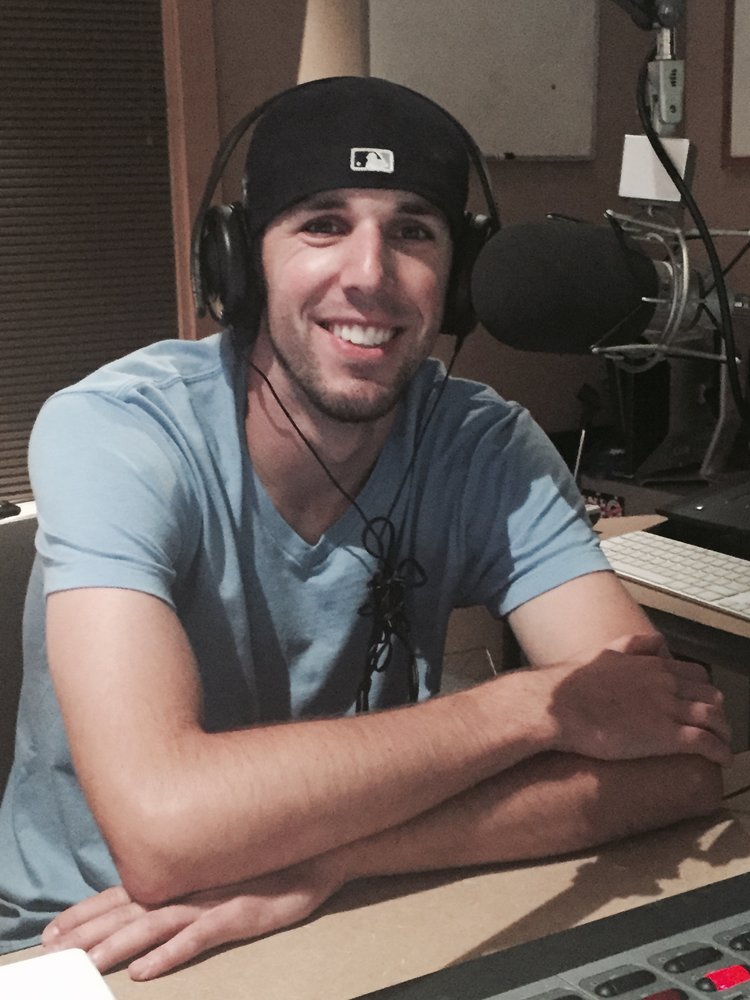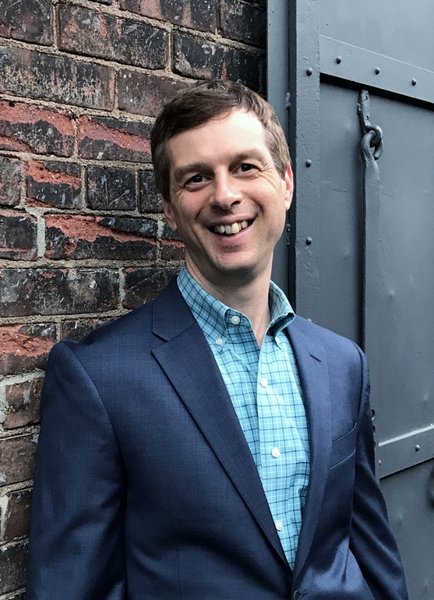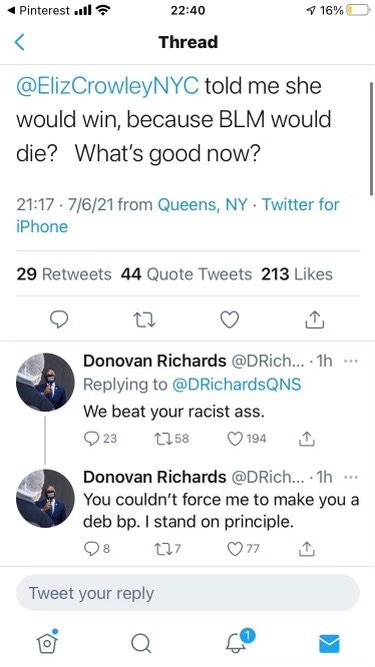Make or Break Time
It’s been well documented in this column and throughout town that the New York Yankees have been baseball’s disappointment in the first half of the 2021 season.
The Yankees issues are well documented.
They are too reliant on right-handed power and lack the athleticism and balance that is needed to field a championship team in 2021.
Despite their obvious flaws and issues, the Yankees have a pulse because of two reasons: a winning West Coast road trip and the fact that Major League Baseball has two Wild Card teams.
The Yankees are 4.5 games behind the Oakland A’s for the second Wild Card and eight games back of the Boston Red Sox in the American League East.
Personally, I don’t see a viable path for the Yankees overcoming the deficit in the division. However, if you want to hold onto that dream, pay close attention over the next two-and-a-half weeks.
Coming out of the All-Star break, the Yankees will play the Boston Red Sox and Tampa Bay Rays eleven times before the month of August.
If the Yankees have any prayer of making the division race competitive, they have to play their best baseball of the season starting on Thursday.
The Yankees need a big second half if they’re to simply qualify for the postseason, because in the first half, they’ve were nowhere close to resembling a playoff team.
Think about three of their losses right before the All-Star break. In the soul-crushing losses the Yankees yucked up not one, not two, but three ninth-inning leads, including leads of four and five runs against the Angels and Astros, respectively.
To add insult to injury, the other loss was against the crosstown Mets.
It will be difficult to change the fabric of the Yankees lineup midseason, but it’s time to see if the team that was supposed to slug their way to the American League pennant can actually find a way to do exactly that.
There is no tomorrow, not just for Yankees manager Aaron Boone, but for this Yankee core as we know it. By the end of July, you’ll know as a fan if there will be an August or September worth fighting for.
Put up or shut up time indeed.
You can listen to my podcast “New York, New York” on The Ringer Podcast Network, which can be found on Spotify and Apple Podcasts every Monday, Wednesday & Friday morning.







